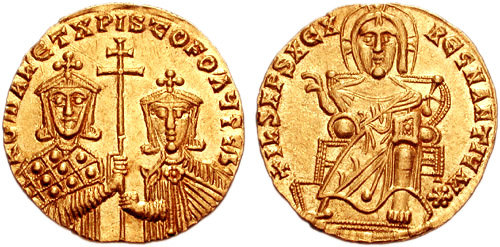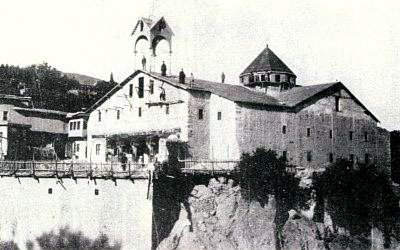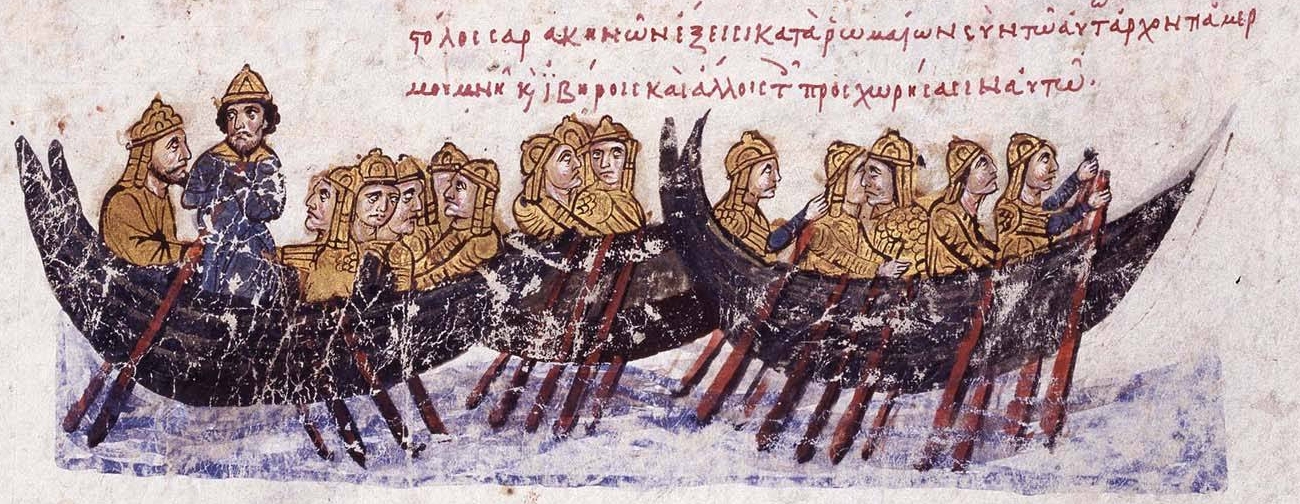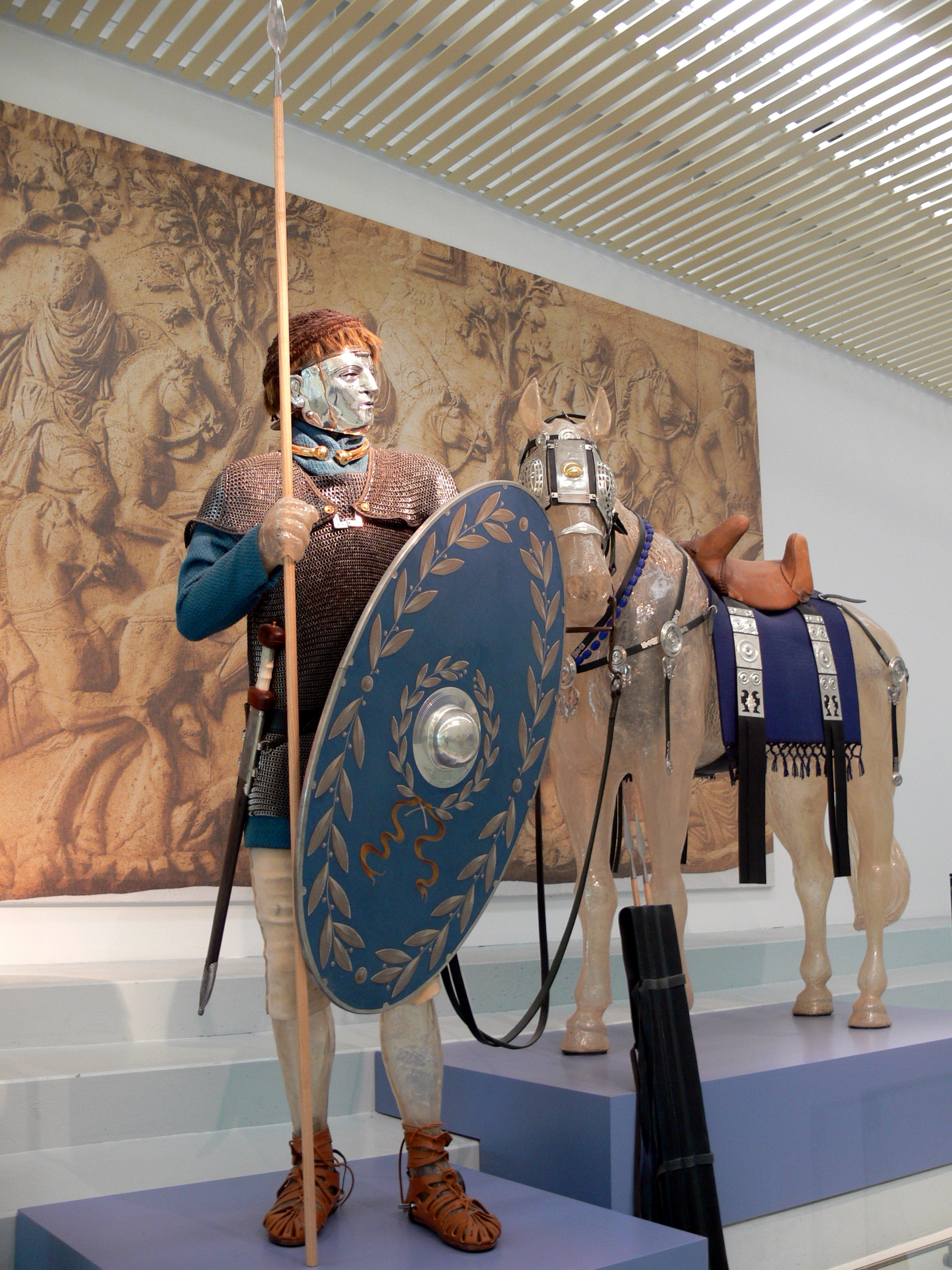|
Charpezikion
Charpezikion ( gr, Χαρπεζίκιον) was a Byzantine fortress and small province (theme) in the 10th century. The fortress of Charpezikion is identified with Çarpezik Kalesi, east of the Euphrates River, while some earlier scholars identify it with Harpuzik, west of the Euphrates, some 16 km northwest of Arapgir. The fortress became the seat of a namesake military province (theme) during the conquests of John Kourkouas in the region. Due to a confusion in the transcription of the manuscript of '' De Ceremoniis'', several modern sources mention that its first appearance in the sources was in 935, in the context of a Byzantine expedition into southern Italy, but Nicolas Oikonomides corrected the actual event to the campaign against the Emirate of Crete in 949. It had a small garrison of only 905 men, but a disproportionate number of higher officers: according to the so-called ''Escorial Taktikon The ''Escorial Taktikon'' (other spellings: ''Escurial Taktikon'', ''Esc ... [...More Info...] [...Related Items...] OR: [Wikipedia] [Google] [Baidu] |
Theme (Byzantine District)
The themes or ( el, θέματα, , singular: , ) were the main military/administrative divisions of the middle Byzantine Empire. They were established in the mid-7th century in the aftermath of the Slavic invasion of the Balkans and Muslim conquests of parts of Byzantine territory, and replaced the earlier provincial system established by Diocletian and Constantine the Great. In their origin, the first themes were created from the areas of encampment of the field armies of the East Roman army, and their names corresponded to the military units that had existed in those areas. The theme system reached its apogee in the 9th and 10th centuries, as older themes were split up and the conquest of territory resulted in the creation of new ones. The original theme system underwent significant changes in the 11th and 12th centuries, but the term remained in use as a provincial and financial circumscription until the very end of the Empire. History Background During the late 6th and e ... [...More Info...] [...Related Items...] OR: [Wikipedia] [Google] [Baidu] |
John Kourkouas
John Kourkouas ( gr, Ἰωάννης Κουρκούας, Ioannes Kourkouas, ), also transliterated as Kurkuas or Curcuas, was one of the most important generals of the Byzantine Empire. His success in battles against the Muslim states in the East reversed the course of the centuries-long Arab–Byzantine wars and set the stage for Byzantium's eastern conquests later in the century. Kourkouas belonged to a family of Armenian descent that produced several notable Byzantine generals. As commander of an imperial bodyguard regiment, Kourkouas was among the chief supporters of Emperor Romanos I Lekapenos () and facilitated the latter's rise to the throne. In 923, Kourkouas was appointed commander-in-chief of the Byzantine armies along the eastern frontier, facing the Abbasid Caliphate and the semi-autonomous Muslim border emirates. He kept this post for more than twenty years, overseeing decisive Byzantine military successes that altered the strategic balance in the region. During t ... [...More Info...] [...Related Items...] OR: [Wikipedia] [Google] [Baidu] |
Byzantine Empire
The Byzantine Empire, also referred to as the Eastern Roman Empire or Byzantium, was the continuation of the Roman Empire primarily in its eastern provinces during Late Antiquity and the Middle Ages, when its capital city was Constantinople. It survived the fragmentation and fall of the Western Roman Empire in the 5th century AD and continued to exist for an additional thousand years until the fall of Constantinople to the Ottoman Empire in 1453. During most of its existence, the empire remained the most powerful economic, cultural, and military force in Europe. The terms "Byzantine Empire" and "Eastern Roman Empire" were coined after the end of the realm; its citizens continued to refer to their empire as the Roman Empire, and to themselves as Romans—a term which Greeks continued to use for themselves into Ottoman times. Although the Roman state continued and its traditions were maintained, modern historians prefer to differentiate the Byzantine Empire from Ancient Rome ... [...More Info...] [...Related Items...] OR: [Wikipedia] [Google] [Baidu] |
Euphrates River
The Euphrates () is the longest and one of the most historically important rivers of Western Asia. Tigris–Euphrates river system, Together with the Tigris, it is one of the two defining rivers of Mesopotamia ( ''the land between the rivers''). Originating in Turkey, the Euphrates flows through Syria and Iraq to join the Tigris in the Shatt al-Arab, which empties into the Persian Gulf. Etymology The Ancient Greek form ''Euphrátēs'' ( grc, Εὐφράτης, as if from Greek εὖ "good" and φράζω "I announce or declare") was adapted from Old Persian 𐎢𐎳𐎼𐎠𐎬𐎢 ''Ufrātu'', itself from Elamite language, Elamite 𒌑𒅁𒊏𒌅𒅖 ''ú-ip-ra-tu-iš''. The Elamite name is ultimately derived from a name spelt in cuneiform as 𒌓𒄒𒉣 , which read as Sumerian language, Sumerian is "Buranuna" and read as Akkadian language, Akkadian is "Purattu"; many cuneiform signs have a Sumerian pronunciation and an Akkadian pronunciation, taken from a Sumerian word a ... [...More Info...] [...Related Items...] OR: [Wikipedia] [Google] [Baidu] |
Arapgir
Arapgir ( hy, Արաբկիր; ku, Erebgir) is a town and district of Malatya Province, Turkey. As of 2000 it had a population of 17,070 people. It is situated at the confluence of the eastern and western Euphrates, but some miles from the right bank of the combined streams. Arapgir is connected with Sivas by a ''chaussée'', prolonged to the Euphrates river. The present town was built in the mid-19th century, but about 2 miles north-east is the old town, now called Eskişehir ("old city" in Turkish). Demographics Arapgir town is populated by Kurds. In descending order of population, the district is populated by Turks and Kurds and also historically had an Armenian population. Composition History Arapgir is a market town and received significant Seljuk Turkish arrivals in the 12th century. Population According to Donald Quataert, Arapgir in the 1880s was made up of 4,802 Muslim and 1,200 Armenian households, with a total population of about 29,000 persons. According to a ... [...More Info...] [...Related Items...] OR: [Wikipedia] [Google] [Baidu] |
De Ceremoniis
The ''De Ceremoniis'' (fully ''De cerimoniis aulae Byzantinae'') is the conventional Latin name for a Greek book of ceremonial protocol at the court of the Byzantine emperors in Constantinople. Its Greek title is often cited as ("Explanation of the Order of the Palace"), taken from the work's preface, or ("On the Order of the Palace"). In non-specialist English sources, it tends to be called the ''Book of Ceremonies of Constantine VII Porphyrogennetos'' (variably spelt), a formula used by writers including David Talbot Rice and the modern English translation. History and Sources It was written or at least commissioned by Emperor Constantine VII (reigned 913-959), probably around 956-959. The compilation of Rep. I 17 (Leipzig, Universitätsbibliothek) was partially revised later under Nikephoros II (963-969), perhaps under the supervision of Basil Lekapenos, the imperial ''parakoimomenos'', and it also contains earlier descriptions of the 6th century."De Ceremoniis" in ''The Ox ... [...More Info...] [...Related Items...] OR: [Wikipedia] [Google] [Baidu] |
Nicolas Oikonomides
Nikolaos or Nikos Oikonomides ( el, Νικόλαος Οικονομίδης, 14 February 1934 – 31 May 2000) was a Greek Byzantinist, and one of the leading experts in the field of Byzantine administration. Biography Oikonomides was born in Athens. He studied in the University of Athens from 1951 to 1956, under the tutelage of Byzantinist Dionysios Zakythinos. After obtaining his degree, in 1958 he went to Paris to pursue doctoral studies under Paul Lemerle. His studies in Paris also introduced him to sigillography, and led to the discovery of the so-called ''Escorial Taktikon'' or ''Taktikon Oikonomides''. The outcome of his work on ''Escorial Taktikon'' and the other '' Taktika'' (seating lists in Byzantine imperial banquets) was published in 1972, as the ''Les listes de préséance byzantines des IXe et Xe siècle'', containing a translation and commentary on the ''Taktika''. Oikonomides returned to Greece, but the establishment of the dictatorial Regime of the Colonels in ... [...More Info...] [...Related Items...] OR: [Wikipedia] [Google] [Baidu] |
Emirate Of Crete
The Emirate of Crete ( ar, إقريطش, Iqrīṭish or , ''Iqrīṭiya''; gr, Κρήτη, Krētē) was an Islamic state that existed on the Mediterranean island of Crete from the late 820s to the reconquest of the island by the Byzantine Empire in 961. Although the emirate recognized the suzerainty of the Abbasid Caliphate and maintained close ties with Tulunid Egypt, it was ''de facto'' independent. A group of Andalusian exiles led by Abu Hafs Umar al-Iqritishi conquered Crete in either 824 or 827/828, and established an independent Islamic state. The Byzantines launched a campaign that took most of the island back in 842-43 under Theoktistos, but the reconquest was not completed and would soon be reversed. Later attempts by the Byzantine Empire to recover the island failed, and for the approximately 135 years of its existence, the emirate was one of the major foes of Byzantium. Crete commanded the sea lanes of the Eastern Mediterranean and functioned as a forward base and h ... [...More Info...] [...Related Items...] OR: [Wikipedia] [Google] [Baidu] |
Escorial Taktikon
The ''Escorial Taktikon'' (other spellings: ''Escurial Taktikon'', ''Escorial Tacticon'', ''Escurial Tacticon''), also known as the ''Taktikon Oikonomides'' after Nicolas Oikonomides who first edited it, is a list of Byzantine offices, dignities, and titles composed in Constantinople la, Constantinopolis ota, قسطنطينيه , alternate_name = Byzantion (earlier Greek name), Nova Roma ("New Rome"), Miklagard/Miklagarth (Old Norse), Tsargrad ( Slavic), Qustantiniya ( Arabic), Basileuousa ("Queen of Cities"), Megalopolis ( ... during the 970s (971–975 or 975–979). The list contains, among many entries, the commanders (''strategoi'') of the Byzantine Empire's eastern frontier during the Byzantine-Arab Wars, as well as a series of judicial offices.: "It is also worth noting that the Escorial Taktikon of 975 lists a number of judicial offices––''thesmophylax'', ''kensor'', ''mystographos'', ''exaktor'', ''hypatos''––which must have been created in or soon after the ... [...More Info...] [...Related Items...] OR: [Wikipedia] [Google] [Baidu] |
Tourmarchai
A ''turma'' (Latin for "swarm, squadron", plural ''turmae''), (Greek: τούρμα) was a cavalry unit in the Roman army of the Republic and Empire. In the Byzantine Empire, it became applied to the larger, regiment-sized military-administrative divisions of a '' thema''. The word is often translated as "squadron" but so is the term ''ala'', a unit that was made up of several ''turmae''. Roman army Republic In the 3rd and 2nd centuries BC, the time of the Punic Wars and Rome's expansion into Spain and Greece, the core of the Roman army was formed by citizens, augmented by contingents from Rome's allies (''socii''). The organization of the Roman legion of the period is described by the Greek historian Polybius (cf. the so-called " Polybian army"), who writes that each 4,200-strong infantry legion was accompanied by 300 citizen cavalry ('' equites''). This contingent was divided into ten ''turmae''.. According to Polybius, the squadron members would elect as their officers three ... [...More Info...] [...Related Items...] OR: [Wikipedia] [Google] [Baidu] |






